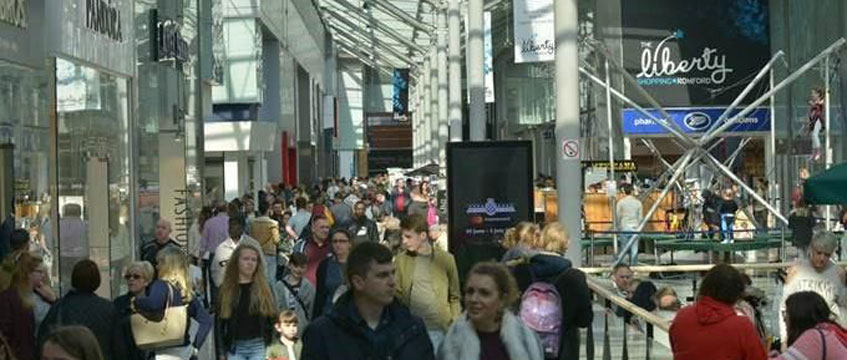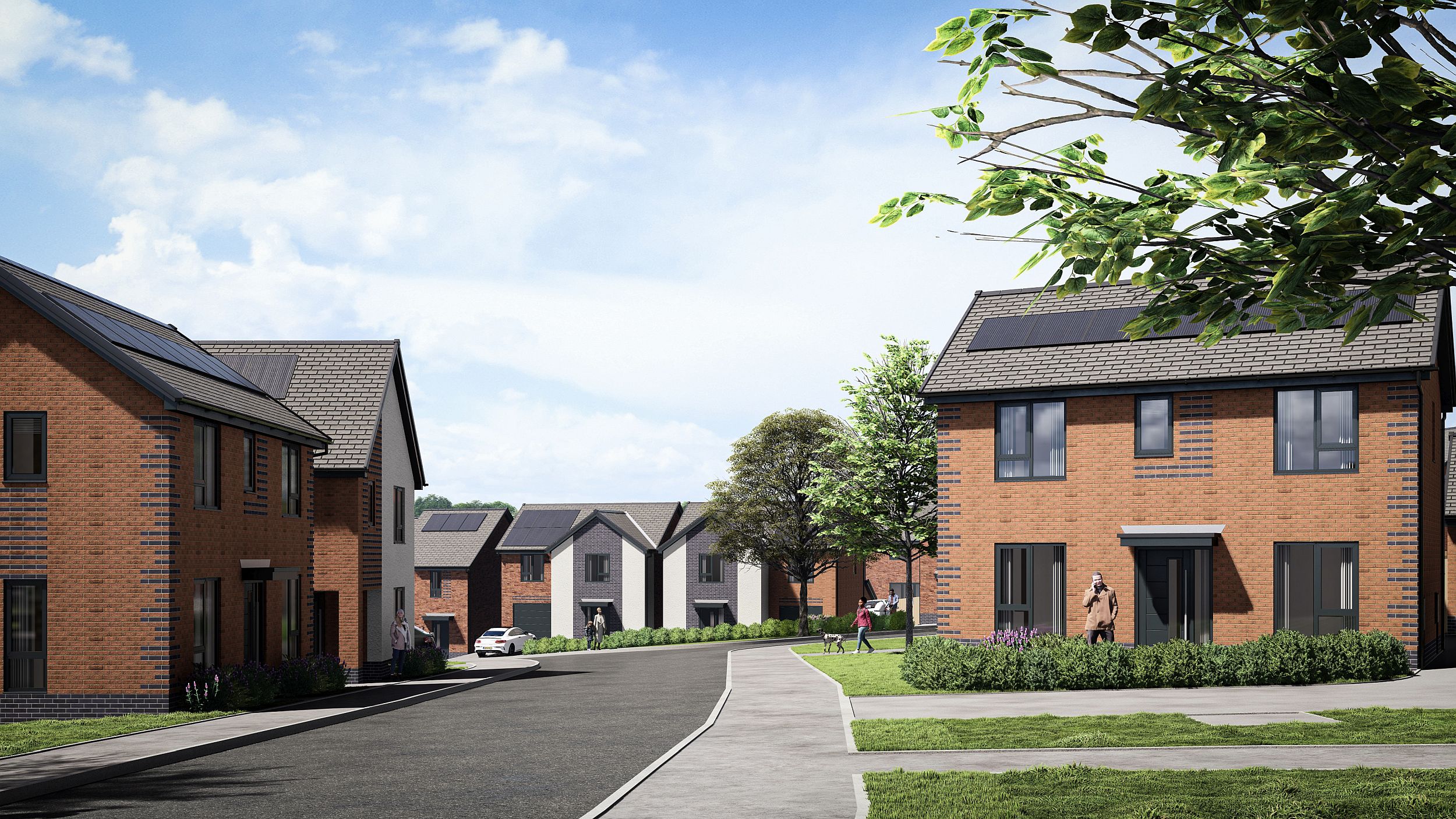Leasehold Reform, Housing and Urban Development Act 1993 – Lease extension – Respondent applying for new lease of maisonette under Chapter II of Part I to 1993 Act – Appeal from determination of first-tier tribunal as to premium payable – Unimproved freehold value – Deferment rate – Relativity – Appeal and cross-appeal allowed
The respondent held a long lease of a two-bedroom maisonette on the upper floors of a building in Notting Hill, London W11, the lower floors of which were arranged as a live/work unit. The respondent’s maisonette had a gross internal area of 907 sq ft, excluding the attic space. In 2013, the respondent applied to acquire a new lease of her maisonette from the appellant landlord pursuant to Chapter II of Part I of the Leasehold Reform, Housing and Urban Development Act 1993.
The respondent’s existing lease was for a term of 90 years to December 2056 at a fixed ground rent of £45 pa. It contained a covenant by the tenant to keep the demised premises in repair, including the internal and external walls and the roof, and a covenant prohibiting alterations without the landlord’s consent. The respondent sought a new 90-year lease commencing on the expiry of the existing lease term.
The first-tier tribunal was asked to determine the premium payable for the new lease pursuant to section 56 of, and Part II of Schedule 13 to, the 1993 Act. It calculated the premium at £293,50, but its decision contained certain errors of calculation and both parties disagreed with the method of valuation. Permission was granted for both parties to appeal to the Upper Tribunal, with the appeal to proceed by way of a re-hearing of the whole matter.
The Upper Tribunal found that the maisonette offered a relatively basis level of accommodation in comparison with comparable properties and would have benefited from refurbishment, particularly to the kitchen and bathroom. It determined that the new lease should be granted on the same terms as the old, including the repairing covenants, save that it should be at a peppercorn rent. It also determined that no value should be attributed to the attic space, owing to difficulties of access and the covenant against alterations.
Held: The appeal and cross-appeal were allowed.
(1) The unimproved freehold value of the property was best determined by reference to comparable evidence. An offer received for a property opposite the respondent’s building was rejected as a comparable since the sale had not taken place and therefore it did not reflect an actual transaction. Nine other sales of properties in the area were taken into account as comparables; the larger the number of comparables, the less any one particular comparable could affect the end valuation. The sale prices on those transactions were adjusted to reflect the value as at August 2013 by reference to the Savills Prime London Residential Capital Values Index for central London flats and maisonettes. Averaging the price per square foot (psf) for each comparable produced an average overall freehold value of £1,323.74 psf, resulting in an unimproved freehold value of £1,200,629.59 for the respondent’s property.
(2) A deferment rate of 5% should be applied to the unimproved freehold value, by reference to the generic rate for flats laid down in Earl Cadogan v Sportelli [2007] 1 EGLR 153, to reflect the value at the end of the lease term. While it was appropriate to apply a different deferment rate to houses and flats, owing to the lesser management problems of a single house, it was not necessary to assume a different risk factor for a single flat compared with a block of flats.
(3) The value of the respondent’s existing leasehold interest was best calculated as a percentage relative to the freehold value by using graphs of relativity. While the respondent’s purchase of her leasehold interest would ordinarily have been the best guide to the leasehold value, it did not assist in the instant case since it pre-dated the valuation date by some years and the purchase price was not in evidence. At the valuation date, valuers would have used the Gerald Eve graph of relativity as the starting point, or used the Savills 2002 enfranchiseable graph and made an adjustment for rights under the Act, rather than taking the approach later adopted in Kosta v Trustees of the Phillimore Estate [2014] UKUT 319 (LC); [2014] PLSCS 242 of averaging the results of all the graphs included in the RICS Research Report “Leasehold Reform: Graphs of Relativity” issued in October 2009. It was therefore appropriate to follow the earlier approach in the instant case: Trustees of the Sloane Stanley Estate v Mundy [2016] UKUT 223 (LC); [2016] PLSCS 138 applied. Taking the relativity shown by the Gerald Eve graph as the most reliable evidence, and making a 1% deduction to reflect the fact that the respondent’s property was just outside the Prime Central London area rather than within it, produced a figure of 67.7%.
It was agreed that the unusual repairing covenants in the existing lease should be reflected in a further 1.5% discount in the relativity to 66.2%.
(4) Accordingly, the premium fell to be determined on the assumptions that: (i) the lease terms would remain unaltered save for rent and term; (ii) the freehold value was £1,200,629.59; (iii) the deferment rate was 5%; and (iv) the relativity was 66.2%. On that basis, the premium payable for the new lease was £259,669.36, which would be rounded up to £260,000.
The appellant appeared in person; Stuart Armstrong (instructed by Wilkin Chapman, of Grimsby) appeared for the respondent.
Sally Dobson, barrister









